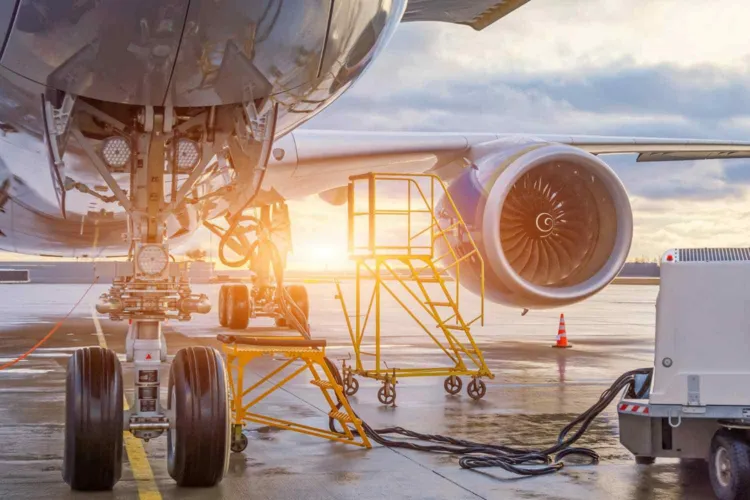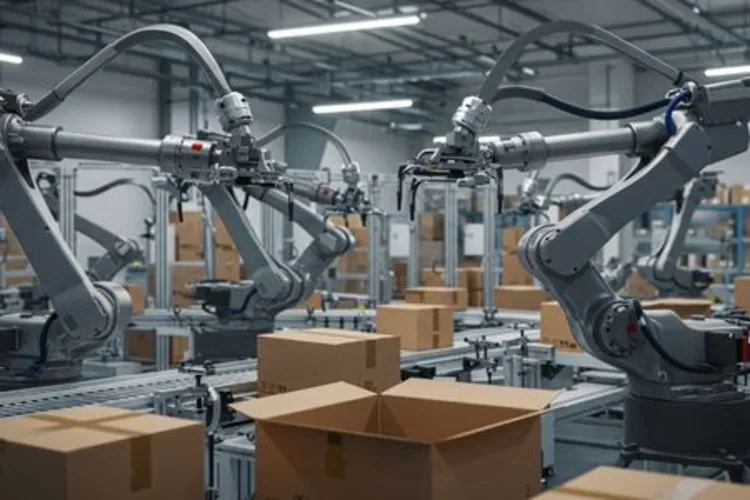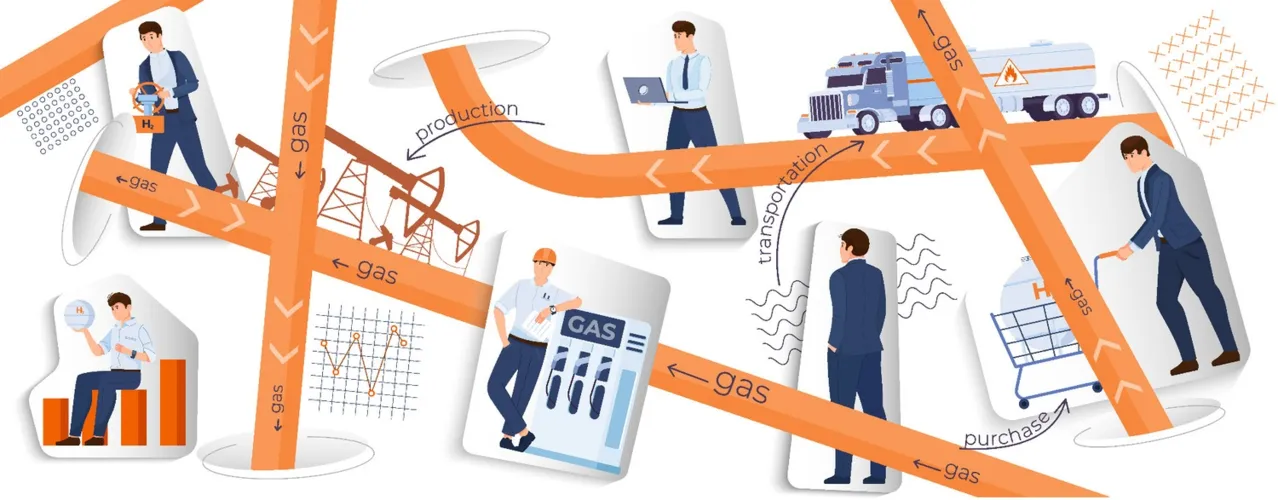Artificial Intelligence (AI) is transforming how Southeast Asia trades, connects, and competes. Once seen mainly as a tech upgrade, AI has now become a central driver of trade growth across the region. This transformation underpins what experts call SEA AI-Trade Growth, the rapid acceleration of trade powered by artificial intelligence and supported by digital infrastructure.
The maritime AI market alone is expected to grow from USD 5.95 billion in 2025 to USD 32.73 billion by 2030, a CAGR of 40.6%. This steep rise highlights the region’s confidence in AI as the engine of its trade transformation.
The Infrastructure Factor in SEA AI-Trade Growth

AI’s impact on trade doesn’t occur in isolation. Research shows that countries with strong infrastructure and supportive policies gain much more from AI adoption than those without them.
Meta-analytic findings reveal that proactive AI adopters create nearly US$900 billion more value globally than slower movers. In SEA, this pattern is clear: infrastructure quality acts as the key multiplier of AI’s trade-enhancing effects.
Where digital systems, data networks, and smart customs infrastructure are in place, AI can automate logistics, cut costs, and speed up trade flows. Without them, adoption stalls, and benefits remain unrealized.
Despite the growth potential, there’s still a gap. Only 47% of e-commerce businesses in SEA have implemented AI tools, even though 68% recognize the benefits. This mismatch shows both a challenge and an opportunity: those who invest now in supportive systems can lead the next wave of trade expansion.
Read Also: Southeast Asia AI-Driven Trade Expansion: Boosting Cross-Border Trade
How AI Streamlines Cross-Border Trade
AI enhances trade efficiency in many ways. It predicts demand, optimizes shipping routes, and automates customs inspections—reducing the need for manual checks and cutting delays.
A strong case study comes from China’s Friendship Pass, the largest land port linking China and ASEAN. Here, AI-driven cameras and navigation systems have transformed operations, reducing staffing needs and inspection times. The result: faster border clearance and smoother cross-border flows.
This real-world example shows how SEA AI-Trade Growth depends not only on technology but on how well nations integrate AI into existing trade ecosystems.
Meta-Analytic Insights: Infrastructure as the Game-Changer
Meta-analyses consistently show that AI adoption boosts trade volumes most in economies with solid infrastructure and clear regulations. In SEA, this means countries that build digital networks, smart logistics hubs, and transparent trade systems will see the biggest payoffs.
When combined with infrastructure investment, AI doesn’t just make trade faster—it multiplies trade value. That’s why regional policymakers are focusing on AI readiness as a trade strategy, not just a tech upgrade.
The upcoming SAII v3 index underscores this point. It stands out for its transparent weighting and reproducibility, tested across 10,000 iterations and multiple algorithms. Such rigorous frameworks help policymakers identify which infrastructure areas most amplify AI’s impact on trade.
The Road Ahead for SEA AI-Trade Growth
SEA’s AI market is on track to double by 2030, powered by infrastructure projects that enhance AI’s effectiveness. If adoption rates rise even moderately—closing the 47% usage gap—trade volumes could grow significantly. The region’s competitive advantage will depend on how fast it can align technology, infrastructure, and regulation. With AI already cutting costs and delays, the next decade could mark SEA’s emergence as the world’s most efficient trade corridor.
SEA AI-Trade Growth is not only about automation. We are talking about building smarter, faster, and fairer trade systems that connect economies more efficiently than ever before.
Read Also: The Southeast Asia AI Market Growth to Double by 2030
FAQs
1. What is SEA AI-Trade Growth?
It refers to the rising use of artificial intelligence in Southeast Asia’s trade systems, especially in logistics, customs, and maritime operations.
2. Why does infrastructure matter for AI-driven trade?
Because AI works best when supported by strong digital networks, smart ports, and transparent regulations.
3. How much is the maritime AI market expected to grow?
From USD 5.95 billion in 2025 to USD 32.73 billion by 2030, with a CAGR of 40.6%.
4. What example shows AI’s real trade impact?
China’s Friendship Pass port, where AI systems have reduced staffing needs and inspection times.
5. What limits AI adoption in SEA?
Skill gaps, uneven infrastructure, and limited policy alignment slow adoption, though recognition of AI’s value remains high.







